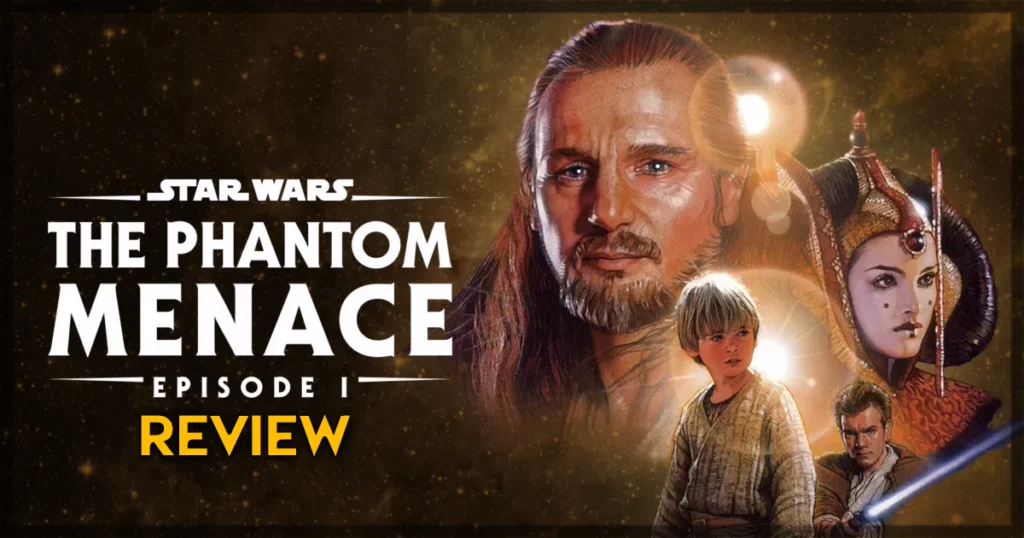For every hundred films watched, another hundred slip through the cracks. That said, it’s rare to miss the same director or screenwriter multiple times, yet that’s exactly what happened with John Crowley (Brooklyn) and Nick Payne (The Last Letter from Your Lover) over the years, making We Live in Time my first experience with these artists. Nonetheless, expectations were high due to initial reactions, despite (luckily) entering the theater with no prior knowledge of the story or the nonlinear structure employed.
We Live in Time follows Almut (Florence Pugh) and Tobias (Andrew Garfield), two adults brought together by an unexpected encounter that changes their lives. Through captured moments of their shared life – falling in love, building a home, starting a family – a shocking revelation shakes their foundations. As they embark on a journey challenged by the limits of time, they learn to cherish each moment of the unconventional path their love story has taken.
Pulp Fiction, Memento, Eternal Sunshine of the Spotless Mind, Inception, Arrival, Fight Club… the number of movies that use nonlinear storytelling is vast. The novelty factor has worn thin, but the success of these films doesn’t hinge on the narrative device itself. It truly depends on the execution and intention of the filmmaker: if the goal of using an unconventional structure is simply to confuse the viewer, it usually falls flat; but if it leverages different timelines to further explore core themes, the potential for a memorable story is enormous.
Fortunately, We Live in Time belongs to the latter category. It remains an ordinary narrative told in an extraordinary manner, with the nonlinearity serving as an emotional layer that adds interest to a story that would otherwise be too generic and predictable if told chronologically. The key difference lies in its authenticity; by revealing in the opening minutes what defines each timeline, it avoids exploiting the genuine pain of heartbreak and grief for cheap entertainment.
Crowley trusts that viewers will want to discover how the relationship reached the distinct points presented in the first act, rather than relying on superficial shock value to deliver exaggerated twists. It’s odd to say that removing the element of surprise – a highly risky creative choice – benefits We Live in Time, but the truth is that this study of grief, resilience, time, memory, and the fragility of happiness is far more powerful and impactful with the audience being either on the same level or ahead of the protagonists.
The arcs of Almut and Tobias are as complete and profound as they come, layered with complexity, leading to multiple interactions where no person is entirely right or wrong. The perspectives and arguments they bring to the table invite thought-provoking analyses of uncontrollable aspects of human life, as well as personal ideologies and desires that change depending on the events and people that fill their daily lives. The legacy we leave behind is also a crucial focus in the final third of We Live in Time, where once again, the viewers are drawn into a provocative, reflective study on what truly matters in life.
I could easily mention specific points regarding their arcs and the general narrative, but I genuinely believe that We Live in Time is one of those movies that deserves to be seen with as little prior knowledge as possible of its plot and even its structure. It’s a story of courage and a love letter to life and love. Bryce Dessner’s music (The Two Popes) contributes greatly to the tears that most viewers will not be able to hold back, even considering that the conclusion is deliberately predictable, which only highlights the narrative and emotional impact of Payne’s script.
In the end, the praise is abundant, but without Garfield (Hacksaw Ridge) and Pugh (Dune: Part Two), We Live in Time wouldn’t have worked the same way. It’s easy to say that the actors share genuine chemistry and fully embody their characters, but what truly stands out across their numerous exchanges throughout the film is the timing of their line delivery. The tension created by those extra seconds to breathe or to rethink what they’re about to say serves as a suspense instrument to compensate for the lack of the surprise factor.
Even though we know what the characters are about to reveal, the impact of their words is so strong that it becomes deeply unsettling to watch Almut and Tobias so nervous and anxious about potentially ruining the love they fought so hard to keep intact. Garfield and Pugh deserve nominations in the upcoming awards season. We Live in Time will likely generate negative opinions about its nonlinear structure, and certainly, many will criticize this choice as a “trick” to mask the simplicity of the story. Personally, I believe it enriches a narrative that honestly explores sensitive themes of human life that will leave no one indifferent.
Final Thoughts on We Live in Time
We Live in Time is a testament to the power of cinema that transcends the simplicity of its story with a moving, complex approach to the central themes of human existence. John Crowley and Nick Payne deliver a narrative where form and content harmonize, using a nonlinear structure not as a mere stylistic gimmick but as an invitation to reflect on how time, memories, and personal choices shape who we are and who we love. With sublime, heartfelt performances from Andrew Garfield and Florence Pugh, audiences are guided through a delicate, authentic study of love, loss, and the fragility of our connections. In the end, it leaves a bittersweet feeling: the remembrance of the fleeting beauty of shared moments and the inevitability of time that shapes and erodes everything.
Rating: A-
We Live in Time is now playing in theaters.
Learn more about the film, including how to buy tickets, at the official website for the title.


